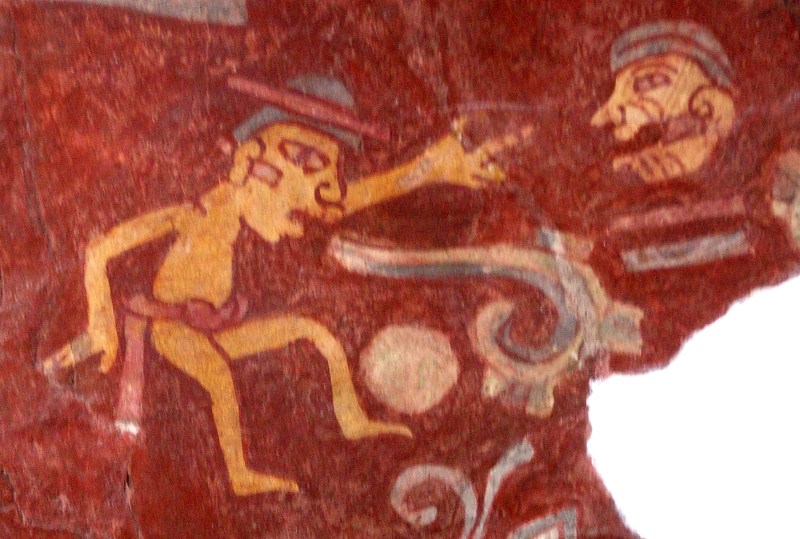The Origin Of Languages
Écrit par DOHA Zouhair
Where did languages originate from? What is
the importance of the origin of languages?
How were languages created?

The origin of language can be a single proto-language that
slowly evolved and was transported to different parts of the
world. The similar words found in languages that look
completely different can be supporting evidence.
If there is one word that sounds the same in distinct languages,
will it show that these languages came from the same origin? For
example, can tik be the origin of words that look very different
today? A subclass of linguists, who study a group of Native
American languages, works on the issue. They have
reconstructed many words to their protoform. These linguists are
called Algonquianists, and they try to find the origin of language.

The Evolution of tik
Algonquianists reconstructed the words one and finger and
concluded that they come from the root tik. The supporting idea is
that people count one with the finger. The other supporting idea is
that some languages still use similar words. For example, in
Dinka – a Sudanese language – the word for one is tok. In
Turkish, the word for only, that’s kind of like one, is tek.
In Old English, tahe was the word for toe, which is similar to a
finger. In Japanese, te is hand, which is also related to fingering.
In an Eskimo language, the word for index finger the word is tik.
Examples are numerous, and they all pose one question: do they
all come from the same origin?
Written and Spoken Language
The language dates back to roughly 150,000 years ago.
However, all the linguistic evidence dates back to around 6000
years ago, when writing began. Consequently, the major history
of language is discovered through guesses and written evidence
that is much newer than the era that the linguists study.

Does Proto-mammal Approve Proto-language?
Ruheln uses biological evolution to explain linguistic evolution. He
argues that even though most scientists agree on the existence of
a Proto-Mammal that later evolved to bats, cats, and humans. No
fossil of Proto-Mammal has been discovered. There is even no
need to discover Proto-Mammal bones and all the other creatures
before cats and bats were evolved into completely separate
species.
Categorizing some species in the mammalian family does not
require fossils of every step of evolution, so why does language?
If the fist mammal can be reconstructed, why can the first language not be? This looks logical, but the role of the accident is
ignored.

The Bow-Wow Theory on How Human Language Evolved
Language, according to the Bow-wow theory, came into existence
when our human ancestors began copying the natural noises they
heard around them. In particular, animal sounds were top of the
list to imitate.
The initial speech sounds during this time were very
onomatopoeic in nature, with words like moo, meow, splash,
cuckoo, and boom. This, according to the theory, human
language evolution is closely tied to sound symbolism.
Unfortunately, this hypothesis only works to a certain degree
because it is quite difficult to imitate the sound of an inanimate
object. Additionally, many onomatopoeic terms are recent, and
not all are derived from natural sounds.
Egyptian Times
The origins of spoken language can be traced back to Egypt’s
Twenty-sixth dynasty. The earliest known human language
experiment was undertaken by Pharaoh Psammetichus I (The
First).
Some of the oldest theories regarding language are known as
‘Divine Source Theories’. According to these ideas, the gods
bestowed humans with the power to communicate.

Wrapping Up
There was a lot to unpack with this topic, don’t you agree? There
were several different theories and analogies for us to take into
consideration on our journey of trying to understand the origin of
language.
Of course, there are a number of theories claiming to explain the
origin and evolution of language. But based on what we know to
be the languages of today, there was much to be desired from the
conclusions these theories made on language origin.
At this time, we still can’t say exactly how and when language
developed. But we do know that communication is needed for
humans to function together.




